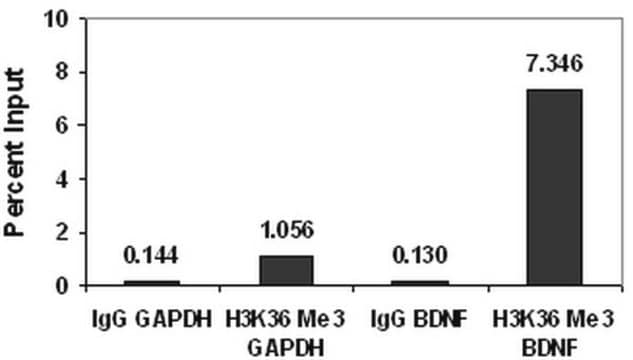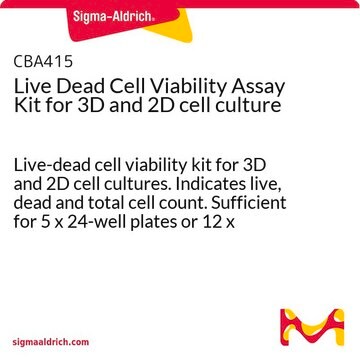MABS1929
Anti-hLYVE-1 Antibody, clone 8C
clone 8C, from mouse
Sinónimos:
Lymphatic vessel endothelial hyaluronic acid receptor 1, Cell surface retention sequence-binding protein 1, CRSBP-1, Extracellular link domain-containing protein 1, Hyaluronic acid receptor
About This Item
Productos recomendados
biological source
mouse
Quality Level
antibody form
purified immunoglobulin
antibody product type
primary antibodies
clone
8C, monoclonal
species reactivity
human
packaging
antibody small pack of 25 μg
technique(s)
flow cytometry: suitable
immunocytochemistry: suitable
western blot: suitable
isotype
IgG1κ
NCBI accession no.
UniProt accession no.
shipped in
ambient
target post-translational modification
unmodified
Gene Information
human ... LYVE1(10894)
General description
Specificity
Immunogen
Application
Western Blotting Analysis: A representative lot detected hLYVE-1 in Western Blotting applications (Banerji, S., et. al. (1999). J Cell Biol. 144(4):789-801; Banerji, S., et. al. (2016). J Biol Chem. 291(48):25004-25018).
Flow Cytometry Analysis: A representative lot detected hLYVE-1 in Flow Cytometry applications (Lawrance, W., et. al. (2016). J Biol Chem. hLYVE-1; Banerji, S., et. al. (2016). J Biol Chem. 291(48):25004-25018).
Quality
Western Blotting Analysis: 2 ug/mL of this antibody detected LYVE1 (Lymphatic vessel endothelial hyaluronic acid receptor 1) in lysate from wild-type and LYVE transfected HEK293T cells.
Target description
Physical form
Other Notes
Not finding the right product?
Try our Herramienta de selección de productos.
Storage Class
12 - Non Combustible Liquids
wgk_germany
WGK 1
Certificados de análisis (COA)
Busque Certificados de análisis (COA) introduciendo el número de lote del producto. Los números de lote se encuentran en la etiqueta del producto después de las palabras «Lot» o «Batch»
¿Ya tiene este producto?
Encuentre la documentación para los productos que ha comprado recientemente en la Biblioteca de documentos.
Nuestro equipo de científicos tiene experiencia en todas las áreas de investigación: Ciencias de la vida, Ciencia de los materiales, Síntesis química, Cromatografía, Analítica y muchas otras.
Póngase en contacto con el Servicio técnico






